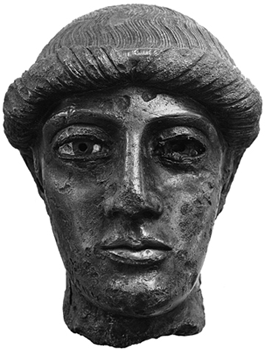July 2008 (112.3)
Article
The Persian and Carthaginian Invasions of 480 B.C.E. and the Beginning of the Classical Style: Part 1, The Stratigraphy, Chronology, and Significance of the Acropolis Deposits
This study, in three parts, addresses the problem of the beginning of the classical style—the so-called Severe Style—from an archaeological perspective, focusing on those sculptures found or allegedly found in Persian destruction contexts or directly associated with the Persian and Carthaginian invasions. Part 1, the present article, reexamines the 19th-century excavations of the Acropolis and argues that the style almost certainly did not predate the Persian invasion of 480–479 B.C.E. The only deposit that appears to be pure Perserschutt (uncontaminated destruction debris from the Persian sack) contained only archaic material. The remaining deposits are all later construction fills for the Kimonian/Periklean fortification project of ca. 467–430. The 15 Severe Style sculptures found in them can be shown to postdate the Athenian reoccupation of the citadel by as much as 40 years. Parts 2 and 3 will appear in forthcoming issues of the AJA. Part 2 reexamines deposits from elsewhere in Athens and Attica, in the Aphaia sanctuary at Aigina, and on Sicily, with similar results. Part 3 summarizes current theories about the origins and meaning of the Severe Style; examines the trend toward austerity in Late Archaic Greece, suggesting that the Tyrannicides of Kritios and Nesiotes (477/6) indeed inaugurated the Severe Style; and proposes that the theory that it was somehow occasioned by the Greek victories of 480–479 is worth reconsidering.
More articles like this:
Pottery • Sculpture • Classical Tradition • Classical Period • Greece > Athens